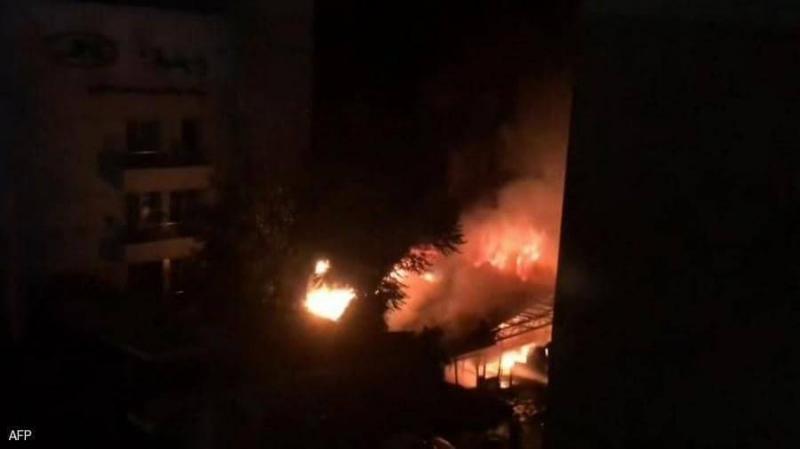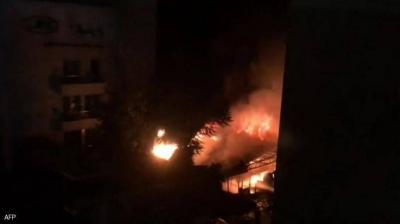At least nine people were injured due to an explosion, followed by a fire, at a chemical and fireworks factory in the Isfahan province in central Iran, according to official Iranian media reports on Sunday. The official news agency "Mahr" quoted Abbas Abdi, the spokesperson for medical emergency services in Isfahan, stating that "the cause of the explosion at the Sepahan Nargoostar chemical factory is still under investigation... Nine injured individuals have been taken to the hospital."
On May 1st, a fire broke out at a chemical factory near the city of Qom in central Iran, resulting in at least two firefighters being injured. Video clips showed thick black smoke rising from the Mofalidan chemical factory near Qom, one of Iran's prominent religious cities, with the cause of the fire remaining unknown.
In April, Iran accused Israel of being behind an attack on a uranium enrichment facility in Natanz, suggesting it had caused damage to the centrifuges and vowed to "take revenge (..) at the appropriate time and place." At that time, the Iranian Atomic Energy Organization announced that the Natanz nuclear complex had experienced an "incident" described as "terroristic," which led to "power outages" but no "deaths, injuries, or contamination."
The American newspaper "New York Times" reported, citing intelligence sources, that the attack on Iran's Natanz facility resulted from an explosion that completely destroyed the internal power system supplying the underground centrifuges that enrich uranium. The Natanz nuclear facility has long been a target for cyberattacks; in July 2020, the facility experienced a significant fire that caused severe damage and reportedly destroyed an above-ground laboratory used for preparing advanced centrifuges.
Days later, Iran's government IT organization confirmed that several Iranian government institutions faced major cyberattacks, notably the electronic infrastructure of the country's ports. In another incident weeks ago, specifically on March 21st, the Iranian news agency (IRNA) reported that an explosion claimed one life and injured three others in a town in southeastern Iran, which had been the center of violent unrest the previous month. The Revolutionary Guards, in a statement relayed by the agency, held a "terrorist group" responsible for the explosion that occurred in the square of Saravan town near the border with Pakistan.
Previous Incidents
These incidents were not the first of their kind for sensitive Iranian sites in recent years, as many have been subjected to various cyberattacks. In September 2010, control systems at nuclear facilities in the capital Tehran were targeted by a computer virus known as "Stuxnet." In 2012, Iran's nuclear program faced another attack by a virus named "Flame," disrupting many control systems at several nuclear facilities.
Iranian communications were also targeted by such attacks; in 2018, a major cyberattack struck the telecommunications infrastructure in most parts of the country.




